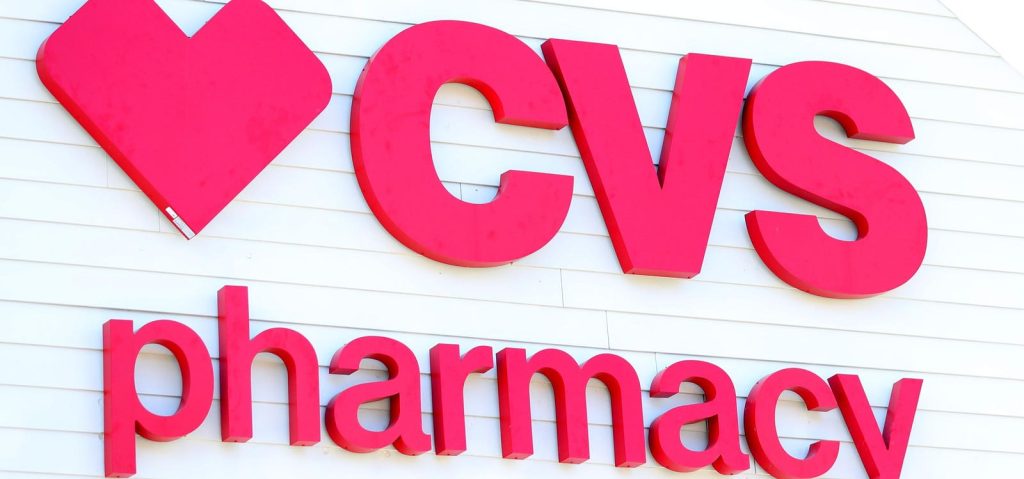CVS Health (CVS) reported Q3 results this morning. Specifically, revenues for the period grew 10.6% from the prior year to $89.76 billion and came in $1.48 billion above the $88.29 billion consensus estimate as the company continued to benefit from solid growth across all of its segments. This was led by its Health Care Benefits segment where solid demand for all of its products drove a 16.9% rise in revenues to $26.30 billion. CVS’s Health Services and Pharmacy & Consumer Wellness segments also continued to perform well with revenues in the former up 8.4% to $46.89 billion on a favorable pharmacy drug mix, growth in its specialty pharmacy business, brand inflation and contributions from its recent acquisitions of Oak Street Health and Signify Health, and the latter enjoying a 6.0% top-line lift to $28.87 billion thanks to greater prescription volumes, a favorable pharmacy drug mix and brand inflation.
The higher revenues and better purchasing economics in Health Services helped limit the pressure put on margins from lower pharmacy reimbursements and the anticipated decline in COVID-19 vaccinations and diagnostic testing in Pharmacy & Consumer Wellness, as well as increased outpatient utilization in Medicare Advantage when compared with pandemic-reduced utilization levels in the prior year. That’s why even with the increase in interest expense that resulted from the greater debt balance following the acquisitions and a higher effective tax rate weighing it down, adjusted earnings still rose by 1.8% to $2.21 per share, which was better than the 1.8% drop to $2.13 analysts had been projecting as well.
CVS Health (CVS) is one of the stocks recommended in our market-beating investment newsletter, Forbes Investor. To find more beaten down, undervalued stocks with significant upside like CVS, try Forbes Investor here.
This solid operating performance also keeps CVS well on track to achieve its 2023 adjusted earnings guidance of $8.50-8.70 per share, which it reiterated. Though the midpoint of this implies the company will earn just $1.98 per share in Q4 versus the $2.05 the Street was looking for, it still suggests bottom-line growth of up to 5% to close out the year. Similarly, while its expectation for the current level of elevated utilization in its Medicare Advantage business to persist and the previously disclosed loss of business from Centene
CNC
and Blue Shield of California now have CVS anticipating adjusted earnings for 2024 to trend towards the lower end of its previously communicated preliminary guidance range of $8.50-8.70, the latter still indicates that the company can produce a similar amount of cash flow to the impressive $12.5-13.5 billion it continues to believe its operations will generate in 2023 next year. If so, CVS would remain in great position to continue quickly paying down the extra debt taken on to fund the more than $18 billion it spent on buying SGFY and OSH earlier this year.
I believe these are the reasons why after initially dipping as much as 6.6% to start the day, CVS’s shares steadily rebounded and recouped nearly all of this loss. Yet given how cheap they remain relative to even the slightly more tempered outlook for the year ahead, I think they’ll continue to recover.
Julius Juenemann, CFA is the equity analyst and associate editor of the Forbes Special Situation Survey and Forbes Investor investment newsletters. CVS Health (CVS) is a current recommendation in the Forbes Investor. To access this and the other stocks being recommended through the Forbes Investor, click here to subscribe.
Read the full article here
